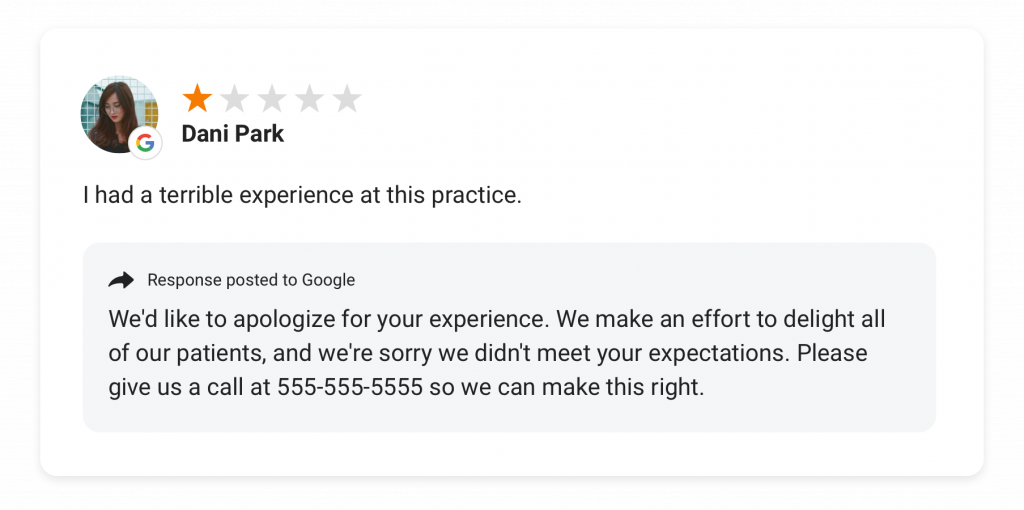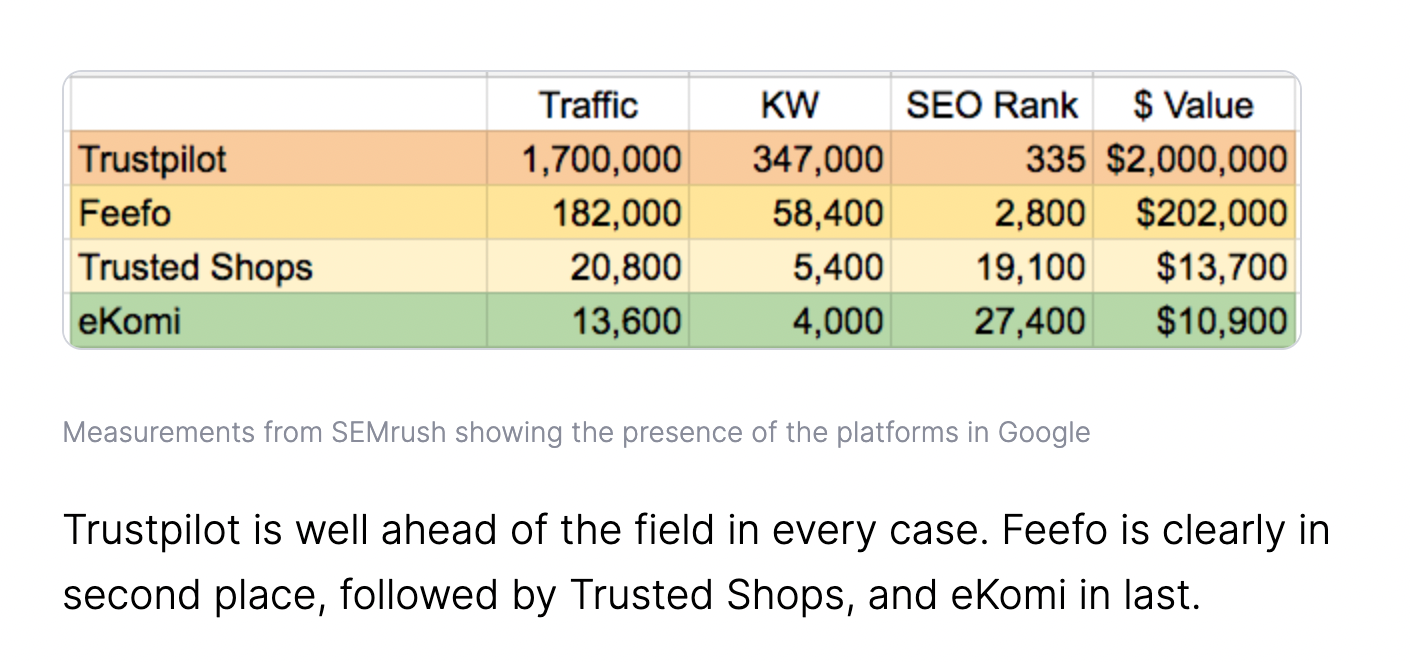
Considering about 93% of customers read product reviews to make a purchase, online product reviews CAN be one of your most significant e-commerce tools for generating revenue.
Unfortunately, many companies do not invest in this aspect, although it has been clear that product reviews add more transparency that customers look for during their journey and shopping experience.
Research found that 79% of customers who buy on Amazon are influenced to purchase best-reviewed products. This is a clear sign that online reviews have outgrown brand loyalty, free shipping, product quality, and price when customers are in the purchase process.
So, if we used to ignore product reviews, now is the time to start using them up.
Let's talk about what product reviews are, why they matter, and how they affect your profits on Amazon. Then, we will share some facts and trends that make reviews powerful.
Why are product reviews relevant?
Implementing a trurstreview system into Product page that customers share based on their experiences it's impactfull in the funnel ecommerce process. Usually, this information shows satisfaction or dissatisfaction with a product.
Customers want to be reassured about a product before they buy it during the purchasing process. Reviews help them get the reassurance they need. In addition, reviews offer an unbiased view of whether a product matches the description provided and assess your company's credibility.
But beyond that, product reviews impact your profits in several ways. To maximize the benefits of reviews, you need to understand the facts and trends that matter.
- Reviews have a more significant impact on higher-priced products - research found that reviews displayed alongside higher-priced products increased the conversion rate by 380% compared to an increase of 190%.
- Five-star ratings are "too good to be true" - while customers find confidence in positive reviews, they tend to be wary if the rating is five stars, decreasing the likelihood of purchasing the product.
- Negative reviews can establish credibility - one study found that 82% of customers actively search for negative reviews. Customers are skeptical of over-perfect reviews, and negative reviews lend credibility. But up to a certain point, if the product has only negative reviews, the likelihood of it being bought decreases.
- Review volume matters to customers - 45% of customers feel safer purchasing if a product has at least 1-25 reviews.
How do product reviews affect your profits?
Customer reviews can boost your ranking efforts while driving sales and conversions and help you create more personalized customer experiences.
1. Increase in SEO positioning
Visibility is a sales weapon that can reach your goals, but you need to rank high to appear in front of most of your target customers. This is especially true if we leverage sales channels such as marketplaces or search engine reviews.
Product reviews are designed to help customers on their journey, so the more positive yours are, the more likely you are to rank in Amazon's search results - consider review value an essential ranking factor.
PRO TIP - The chance to rank is even higher if you have optimized your product listing for SEO and conversion purposes (to satisfy Amazon's algorithm) and include backend keywords.
2. Increase sales and conversions
Viewing product reviews can significantly increase your conversion rate. A Spiegel Research showed that as little as five reviews on one product could increase conversion by 270%. When customers read positive reviews about your product from other people who have purchased the same product, they feel confident that the product is worthwhile.
According to this data, customers trust Amazon's reviews more and visit the platform to read reviews even if they intend to shop elsewhere. For example, a customer may come across your product on your e-commerce site, go to the Amazon marketplace to read reviews, and then return to your web store to complete their purchase if the reviews are positive.
3. Personalized customer experiences
Personalization is all the rage in the business-to-business (B2B) and business-to-consumer (B2C) markets. Regardless of the sales channel, delivering personalized customer experiences will play a critical role in how customers perceive your products or brand.
Personalization requires knowledge and understanding of customer needs, which can only be obtained through data analysis (quantitative and qualitative data). For this reason, product reviews allow you to learn more about customers' needs, tastes and preferences.
Sometimes you will indeed have come across the famous NPS score (Net Promoter Score), which is used to identify the level of consumer satisfaction and other important information such as the "vitality" of the customer base.
With the right tools, you can help customers find the right products using product filters and attributes and enhance product sheets with information relevant to their biases or technical descriptive deficiencies.
PRO TIPS - It is possible to analyze all the reviews (therefore the used words) using machine learning to bring out hidden problems or essential business opportunities. I will write a case study shortly and how to do it for your business without being a data scientist.
4. Decrease of returns
Reasons why customers decide to return products vary, from the wrong colour or size to the product not matching the description, etc. Considering that product reviews reveal details about what the product looks like, feels, and looks like from a real customer's point of view, potential customers can get real photos, descriptions, or aspects missing on the product page or of little relevance to the sale.
When you encourage your customers to provide in-depth details about their purchases, you give the prospects accurately, helpful information for their research.
Practical example
When a customer is trying to buy an item of clothing in size who know wearing but read a new brand, the following biases occur: How will it be worn? The size matches. He reads a product review, stating that the item is small in size and that it is best to increase it by one size to make it fit like a standard small size.
This is information of added value for the customer because it guides them in purchasing the correct size of the product. In addition, this eliminates the possibility of returning the product.
How does feedback impact sales?
According to a study by the World Economic Forum, on average more than 25% of a company’s market value is directly attributable to its reputation, and in a highly connected world where customers, operations, supply chains and internal and external stakeholders are scattered across the planet [Deloitte].
Proof Customer Read Reviews
- About 95% of customers read reviews before making a purchase. (Powerreviews)
- 93% of customers will read reviews of local businesses to determine its quality. (BrightLocal)
- 72% of customers won’t take any buying actions until they’ve read reviews. (Testimonial Engine)
Consumer Behaviour
- 92% of B2B buyers are more likely to purchase after reading a trusted review (G2 and Heinz Marketing)
- When a product gets five reviews, the likelihood of it being purchased increases by 270%. (Spiegel)
- When higher-priced items display reviews, the conversion rate increases by 380%. (Spiegel)
- Given two products with similar ratings, consumers are more likely to buy the product with more reviews. (Psychological Science)
- Customers spend 31% more when a business has positive reviews. (Broadly)
- 91% of customers from the ages of 18 to 34 trust online reviews just as much as personal recommendations. (BrightLocal)
- About 85% of consumers consider any review older than three months to be irrelevant. (BrightLocal)
- Reviews account for about 15% of the method Google uses to rank local businesses. (Moz)
Importance of replying
- When a business replies to at least 25% of their online customer reviews, on average, they earn 35% more revenue. (Womply)
- Not replying to customer reviews puts companies at risk of increasing churn by 15%. (Chatmeter)
Negative Reviews
- Businesses whose total number of reviews are 15-20% negative actually average 13% more revenue than businesses whose total number of reviews are 5-10% negative. (Womply)
- Negative reviews can stop an average of 40% of buyers from wanting to buy from a business. (BrightLocal)
What are the best tools for collecting reviews?
The most used ones, because they are levelled on interesting costs/benefits, are:
How to use them to your advantage - 7 tips:
- Insert them in product page, under the CTA button to avoid negative bias;
- Insert them in cart and/or in checkout, near the CTA buttons;
- Insert them in a persistent section of the design, showing the reliability of your shop and brand;
- Send automatic e-mails after 3/5 days from shipment – sometimes it should be sent more then 5 days, it depends on your product timing for use;
- Integrate reviews into a custom audience creation system, filtering by review ranking;
- Integrate them in mail automation flows;
- Integrate them to gather NPS (Net Promoter Score) to all customers periodically.
Downstream of gathering phase of reviews data, it's good practice to normalize and blend them with others data business sources to obtain a complete and contextualized business view breaking it down on customer segments.

Start by encouraging your customers to leave reviews through email and social media platforms using tactics similar to those you would use to ask customers to take a survey.
It is also important to answer both positive and negative reviews, as this is an excellent way to establish credibility in your industry and SEO benefits if well-structured in keywords terms.

How to handle negative reviews?
If a customer leaves a bad review, take responsibility and apologize for their experience, then ask them to get in touch with you to remedy it. Always respond promptly because 53.3% of customers who leave reviews expect a response within seven days or less.
Reviews should be an extension of product information and not the only source of quality information that customers can access.

We all understand that multi-channel commerce is not simple and that sometimes things can go wrong, but don't let your product information do it.
Which platform is the most valuable?
See below the measurement crafted by SEM Rush.

